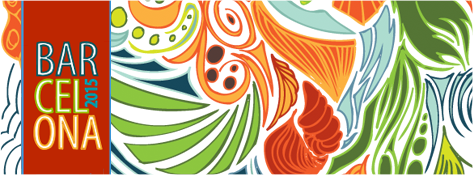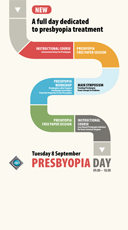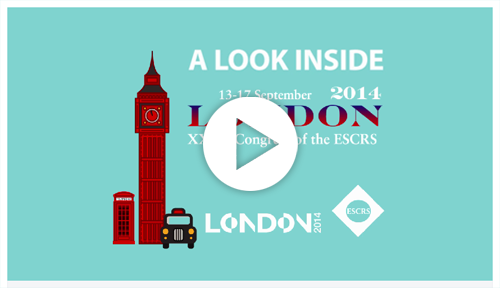Posters
(results will display both Free Papers & Poster)
Transepithelial corneal cross-linking by iontophoresis of riboflavin in paediatric patients
Poster Details
First Author: L.Buzzonetti ITALY
Co Author(s): G. Petrocelli P. Valente G. Iarossi R. Ardia S. Petroci
Abstract Details
Purpose:
To report the early results 15 months after transepithelial corneal cross-linking by iontophoresis of riboflavin performed in paediatric patients affected by keratoconus.
Setting:
Ophthalmology Department, Bambino Gesù IRCCS Children’s Hospital, Rome, Italy
Methods:
Fourteen eyes of 14 paediatric patients (mean age 132.4 SD years; range, 10 to 18 years) were treated. The riboflavin solution was administered by iontophoresis for 5 minutes, then UVA irradiation (10mW/cm2) was performed for 9 minutes. Corrected Distance Visual Acuity (DCVA), spherical equivalent, refractive astigmatism, simulated K, corneal coma, spherical aberration and high order aberrations for 5.0mm pupil and thinnest point were measured preoperatively and 3, 6, 12 and 15 months postoperatively. The endothelial cell density was evaluated. The paired Student t test was used.
Results:
15 months after the procedure CDVA improved from 0.7±1.7 to 0.8±1.8 (P=0.005). Spherical equivalent and refractive astigmatism as well as topographic and aberrometric data did not show significant changes. Also the mean thinnest point and the endothelial cell density unchanged. The OCT showed a not homogeneus but deep hyperreflective band with a fading effect extending through the anterior 180µ of the cornea. No side effects were recorded.
Conclusions:
transepithelial collagen cross-linking by iontophoresis , differently by other transepithelial techniques, seems to stop keratoconus progression over 15 months. However longest follow up need to confirm these early results.
Financial Disclosure:
NONE





